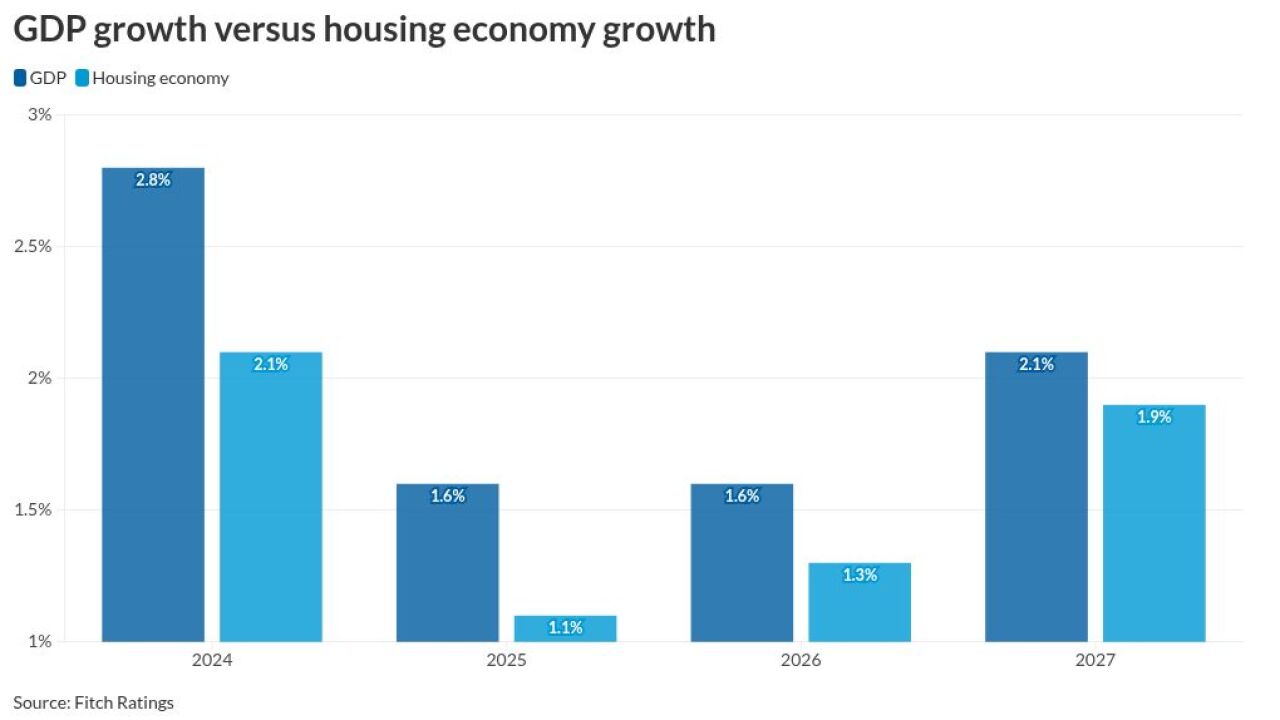Some investors earlier this year feared that collateralized loan obligations could fail spectacularly in 2020, but money managers are now clamoring for the securities.
Risk premiums for new transactions, which package and sell leveraged loans into tranches of varying risk and potential return, have tightened to pre-pandemic levels and Wall Street predicts a rise in sales in 2021. The stark turnaround is a welcomed sign for a financial product that some loosely likened to CDOs that failed in the Great Recession over a decade ago.
“The last eight months have been a great validation of the asset class,” Kashyap Arora, co-chief investment officer of DFG Investment Advisers, said in an interview last week. “It performed exactly as it was supposed to.”
BlackRock Financial Management priced the AAA portion of its debt sale at a coupon of 120 basis points above Libor earlier this week, down from 175 in May. Premiums on junk-rated CLOs have also improved, with Blackrock’s BB- rated slice sold at 635 basis points compared to 748 for a similarly-rated tranche on a July deal.
Average senior-note spreads for top-tier issuers were roughly 120 to 130 over in February, prior to Covid, according to data compiled by Bloomberg.
U.S. CLO sales may increase to $110 billion next year as the arbitrage – the gap between the interest earned from the underlying leveraged loans and the cost of borrowing to purchase the assets – normalizes, BNP Paribas said in a report. Credit Suisse Asset Management’s Amir Vardi, the head of structured credit, projected about $100 billion for 2021, according to statements he made on a Tuesday CLO panel at this year’s virtual ABS East securitization industry conference.
There has been about $80 billion in CLO supply so far this year, about 28% lower than the same point in 2019, according to data compiled by Bloomberg.
Picker’s Market
CLOs were besieged earlier this year by an unprecedented wave of leveraged-loan downgrades, causing them to exceed allowable limits of CCC rated loans and breach critical coverage tests in the bonds. This led to a swath of rating-agency downgrades on the CLOs themselves in the first few months of the pandemic, and pressured CLO managers to trade out of distressed credits.
By November, fewer loans defaulted than expected and downgrades of both loans and the CLO bonds slowed while some are now being upgraded. News of effective vaccines only added to the optimism, signaling that perhaps a bout of corporate pain wouldn’t last as long as expected.
“As fewer loan assets are downgraded to CCC or below, we are seeing a recovery in performance,” said Nick Robinson, a partner at Allen & Overy. “If those assets never default, it’s just a market-value trigger. It’s not a problem for the equity. Unless and until there are actual defaults, it’s just a book-entry loss.”
If investors were disciplined coming into the downturn and were familiar with how a manager would react, they were able to ride it out more successfully. But investors caution some loans will tank. Even though the general outlook has brightened, deep credit work and due diligence will be needed to find hidden opportunities.
“This is a credit picker’s market, especially for CLO equity,” DFG’s Arora said. “It will call for asset selection at its finest, knowing the manager of the portfolio, or even picking the structure, because different structures offer different optionality.”
Some CLO equity portfolios may now have the possibility to return 20% to 30% cash-on-cash return over the next 12 months, Arora said. CLOs typically last five to seven years, or longer if they are refinanced.
Yet credit selection will be extremely critical.
“Not all CLO equity will perform very well, or all mezzanine debt tranches. Some will have principal impairment,” he noted.





